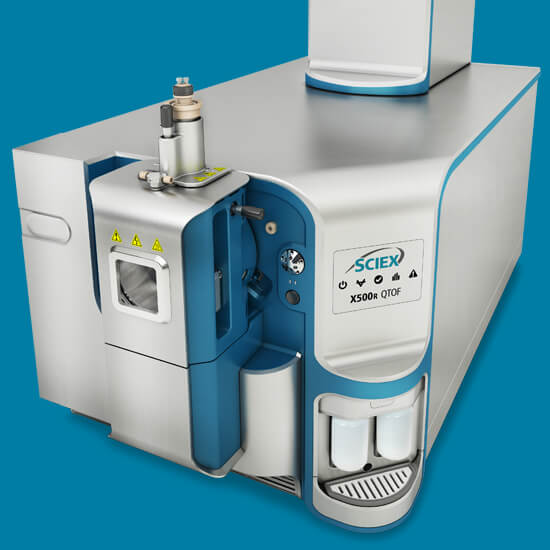Nanomaterials are diverse small-scale substances, smaller than 100 nanometers in at least one dimension.1 They include particles, tubes, rods and fibers. Nanomaterials have been increasingly incorporated into consumer products, although research continues on their potential effects on the environment and human health.
Nanomaterials are one of the leading products of nanotechnologies and are increasingly used in many areas, including drug delivery systems, therapeutics, biosensors and consumer products such as sunscreen, cosmetics and food.2-4 These small-size particles can be transported into the human body by inhalation or absorbed through the skin.5 More research is needed to understand the physicochemical characteristics of nanomaterials and nanoparticles. In addition, there is a significant need for an accurate technique to characterize and quantify nanomaterials in a wide range of sample types, including air, water and soil sediments.


